Eastern Redbud Lumber
- June 27, 2023
- 0 comment
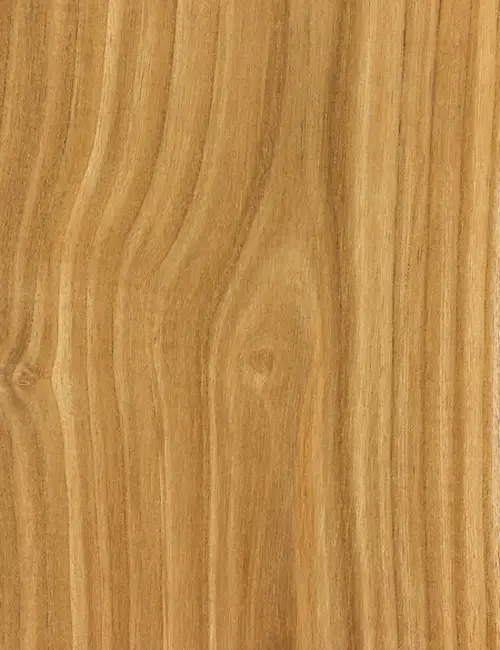
Eastern Redbud lumber is derived from the Eastern Redbud tree (Cercis canadensis), a small to medium-sized deciduous tree native to eastern and central North America. It is renowned for its vibrant pinkish-purple flowers that bloom in early spring, adding a beautiful display to the landscape. The lumber obtained from Eastern Redbud is relatively uncommon but possesses some unique characteristics.
| Category | Information |
|---|---|
| Common Name(s) | Eastern Redbud |
| Scientific Name | Cercis canadensis |
| Distribution | Eastern and Central North America |
| Tree Size | 20-30 feet (6-9 meters) in height, 6-8 inches (15-20 cm) in diameter |
| Average Dried Weight | 34 lbs/ft3 (545 kg/m3) |
| Specific Gravity | 0.55 |
| Janka Hardness | 1,200 lbf (5,350 N) |
| Modulus of Rupture | 12,600 lbf/in2 (86.9 MPa) |
| Elastic Modulus | 1,390,000 lbf/in2 (9.59 GPa) |
| Crushing Strength | 6,070 lbf/in2 (41.9 MPa) |
| Shrinkage | Radial: 4.5%, Tangential: 8.1%, Volumetric: 12.6% |
Color/Appearance:
Eastern Redbud lumber typically has a light to medium brown color, occasionally with reddish or purple streaks. It tends to darken with age.
Grain/Texture
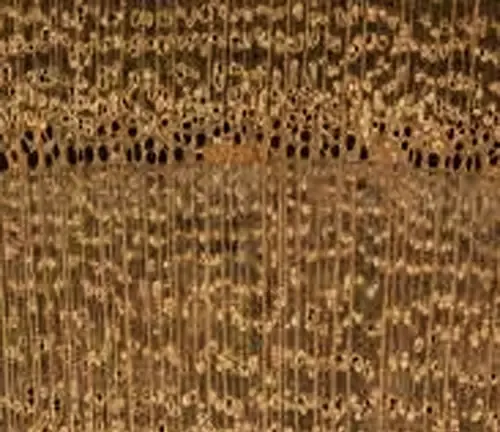
The grain of Eastern Redbud lumber is typically straight or slightly interlocked. It has a fine to medium texture.
Rot Resistance
Eastern Redbud is not particularly resistant to decay, and it is recommended to use appropriate preservatives or finishes for outdoor applications.
Workability
The lumber is relatively easy to work with both hand and machine tools. It can be easily nailed, screwed, and glued. However, care should be taken to avoid tear-out due to its interlocked grain. Eastern Redbud also has good turning properties.
Odor
Eastern Redbud has no characteristic odor.
Allergies/Toxicity
There are no known allergic reactions or toxicity concerns associated with Eastern Redbud.
Pricing/Availability
Eastern Redbud lumber is generally limited in availability and may be more expensive compared to more common hardwoods.
Sustainability
Eastern Redbud is not listed in the CITES Appendices or the IUCN Red List of Threatened Species. However, responsible forestry practices and sustainable harvesting methods are essential to ensure the long-term availability of this species.
Common Uses
Eastern Redbud lumber is primarily used for small specialty items, such as turned objects, veneers, and cabinetry. It is also utilized for flooring, furniture, and interior trim.
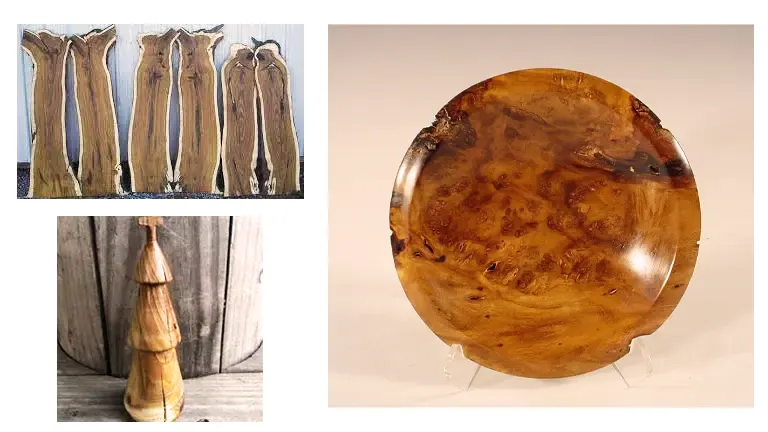
- Small Specialty Items: Eastern Redbud is often utilized for crafting small specialty items such as turned objects like bowls, vases, and decorative pieces. Its attractive coloration and fine texture make it well-suited for creating visually appealing and intricate designs.
- Veneer: The lumber of Eastern Redbud can be sliced or peeled into thin sheets to create the veneer. This veneer is commonly used to enhance the appearance of furniture, cabinetry, and architectural millwork. The unique color and grain patterns of Eastern Redbud can add a distinctive touch to these applications.
- Cabinetry: Eastern Redbud lumber is suitable for crafting cabinets and built-in furniture. Its moderate hardness and workability make it feasible for creating detailed cabinetry work, including doors, panels, and decorative trim.
- Flooring: Although Eastern Redbud is not as commonly used for flooring as some other hardwoods, it can still be employed in this application. Its moderate density and hardness make it suitable for flooring in low-traffic areas or as an accent wood in flooring designs.
- Furniture: Eastern Redbud can be utilized in furniture making, particularly for pieces that require a fine finish and decorative appeal. It can be employed for creating chairs, tables, desks, and other indoor furniture items. Its unique coloration and grain can add visual interest to furniture designs.
- Interior Trim: Eastern Redbud lumber can be used for interior trim applications, such as baseboards, moldings, and paneling. Its fine texture and attractive appearance make it suitable for adding aesthetic value to interior spaces.
It’s important to note that while Eastern Redbud lumber can be used for these applications, its availability may vary, and it may not be as commonly found as other hardwood species. Therefore, it’s advisable to consult with local suppliers or woodworking professionals to ensure its availability and suitability for specific projects.
FAQs
- Q: Can Eastern Redbud lumber be used for outdoor projects?
A: While Eastern Redbud lumber can be used outdoors, it is not particularly resistant to decay. Appropriate treatment or finishes are recommended to enhance its durability. - Q: Is Eastern Redbud a rare species?
A: While Eastern Redbud is not considered rare, the availability of its lumber may be limited compared to more widely used hardwood species. - Q: Does Eastern Redbud have any special characteristics?
A: Yes, Eastern Redbud is known for its beautiful pinkish-purple flowers and can add aesthetic value to projects. Its coloration and occasional streaks also contribute to its uniqueness.
Please note that Eastern Redbud lumber may not be as readily available as other more commonly used hardwoods, and it is always recommended to check with local suppliers for the most up-to-date information on pricing and availability.


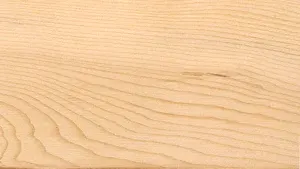
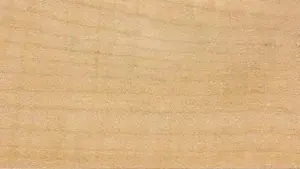
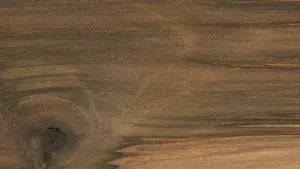
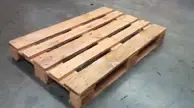
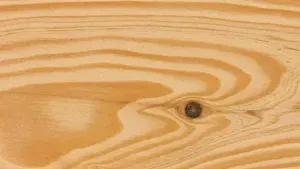
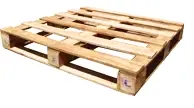
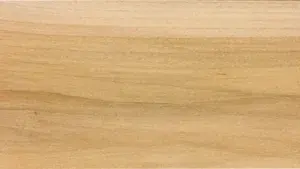
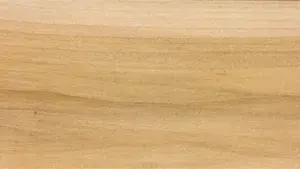
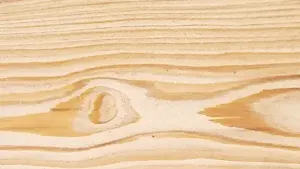
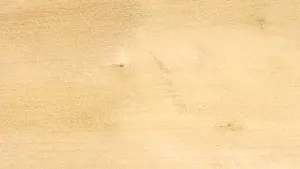
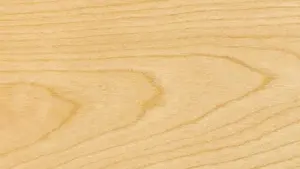
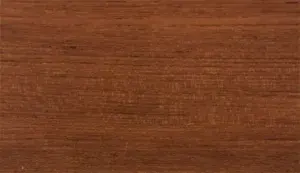
Leave your comment